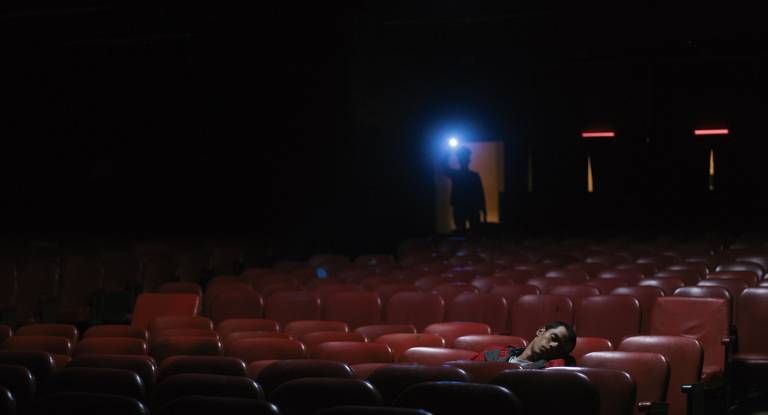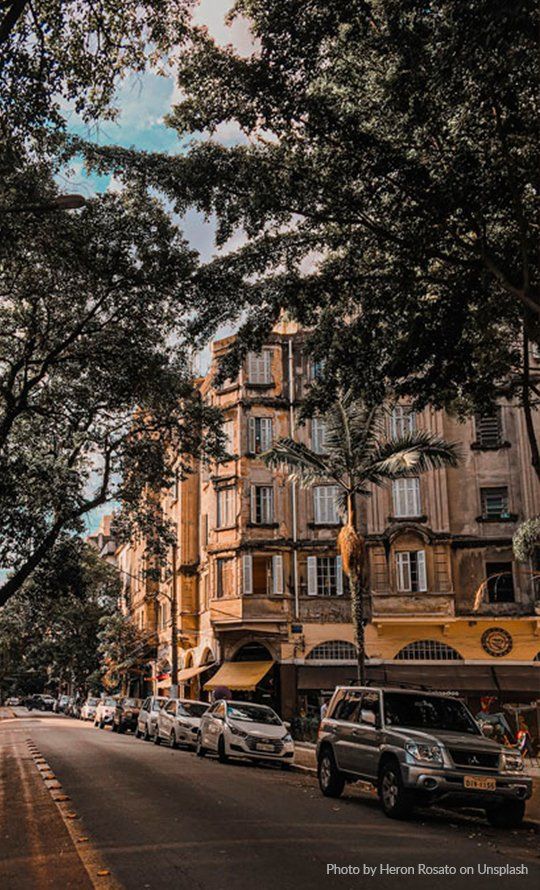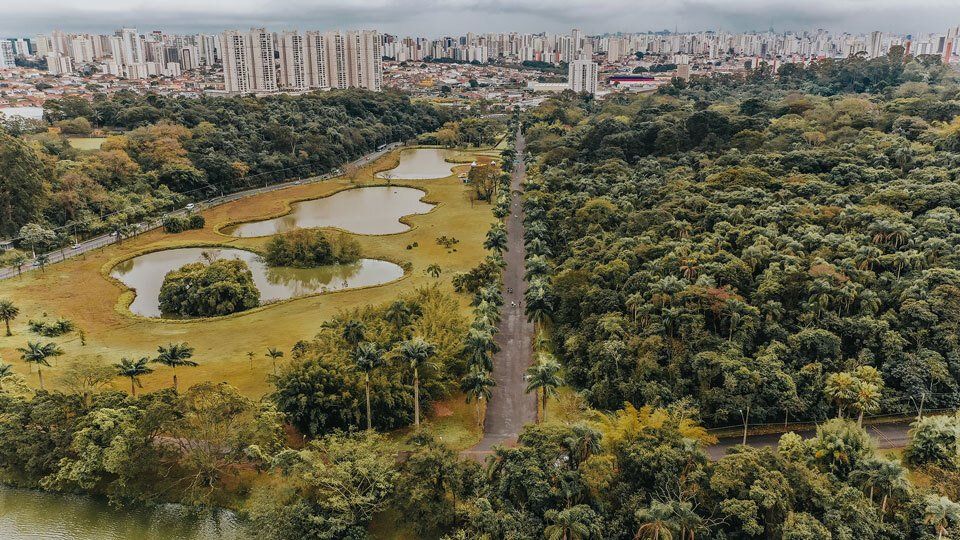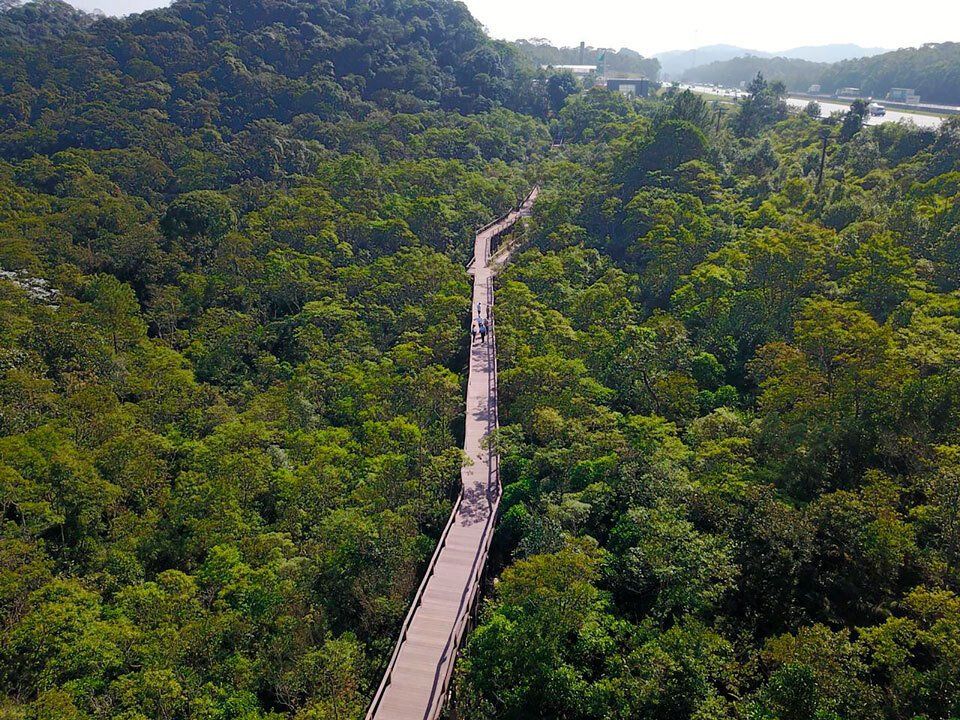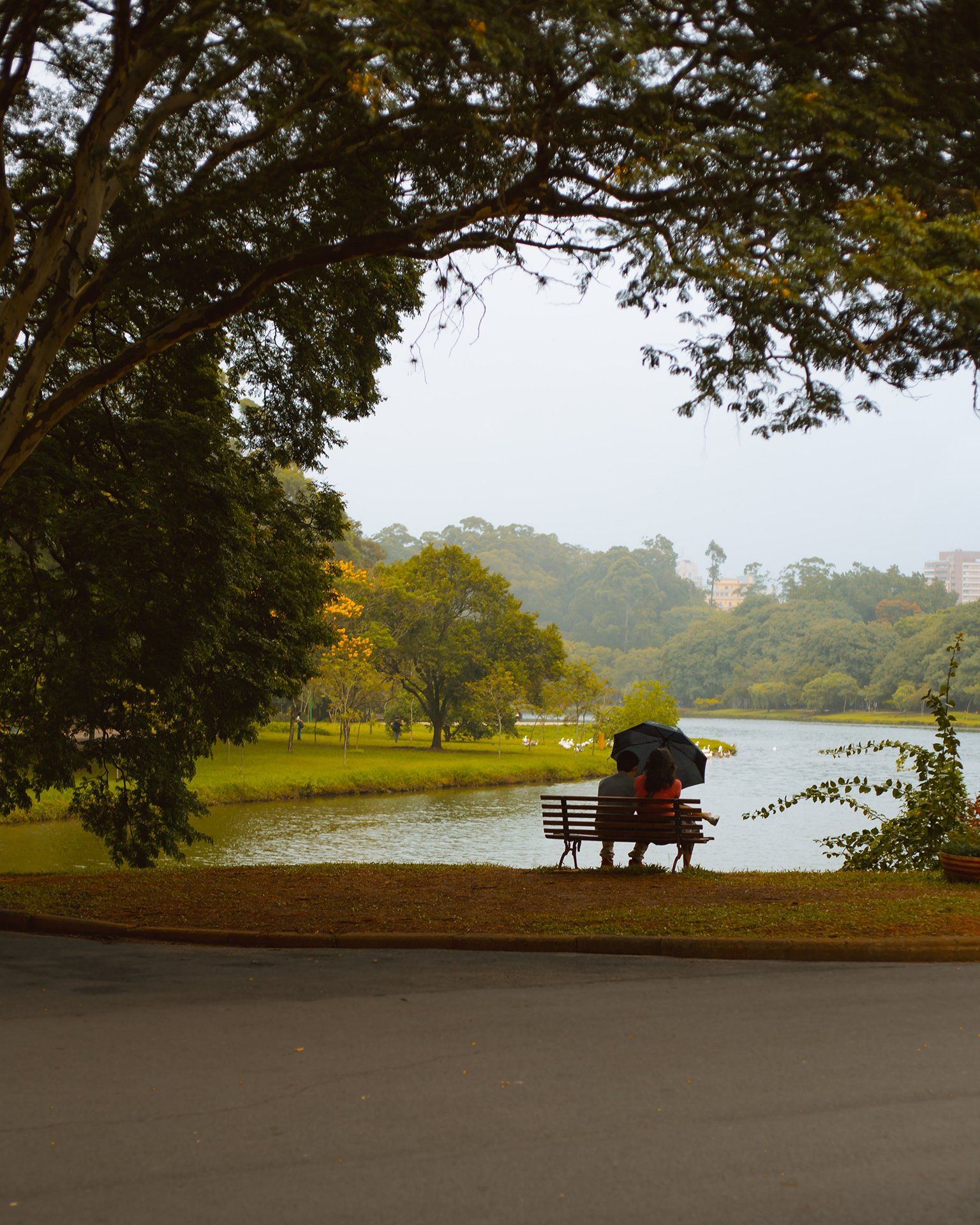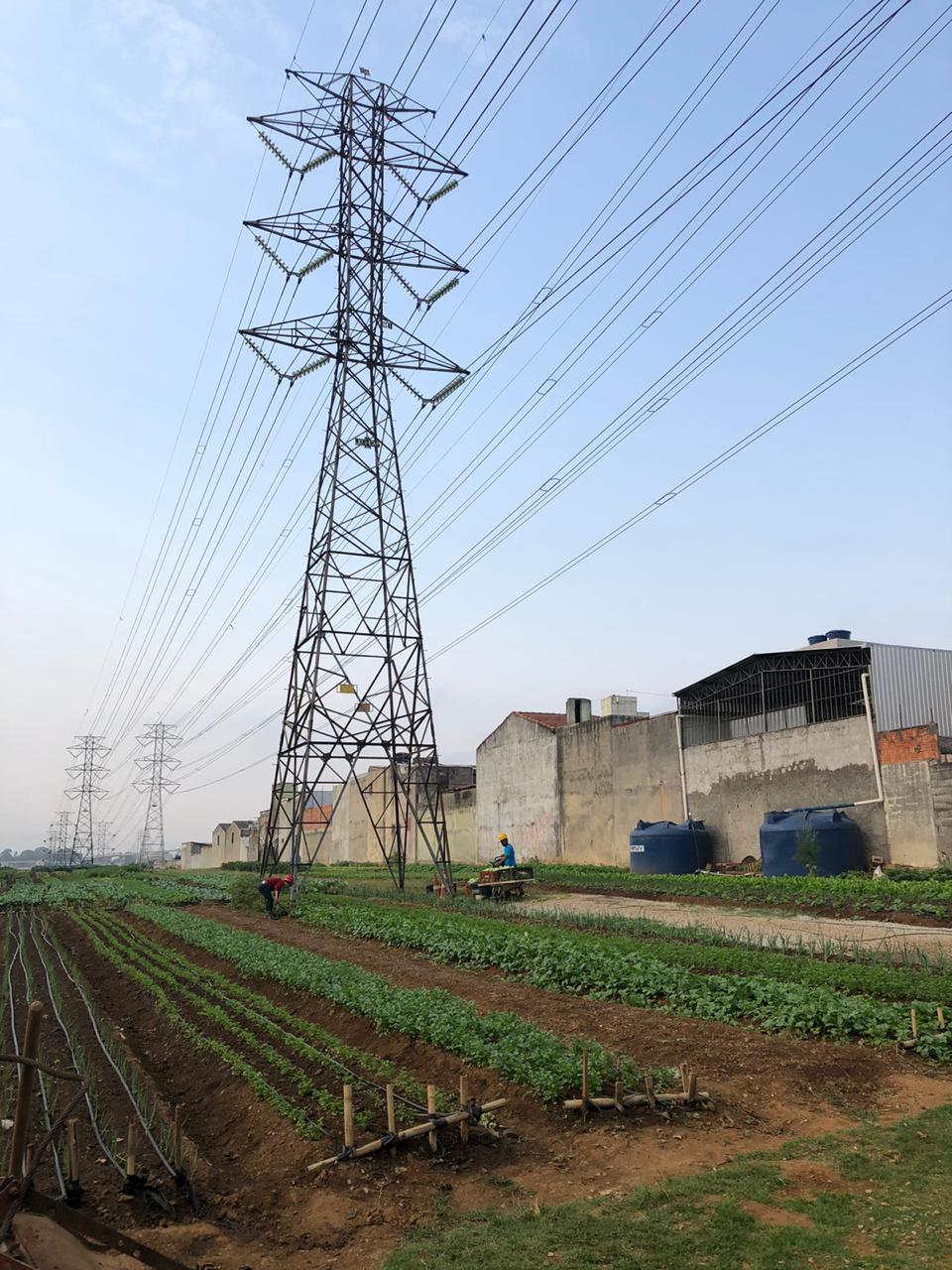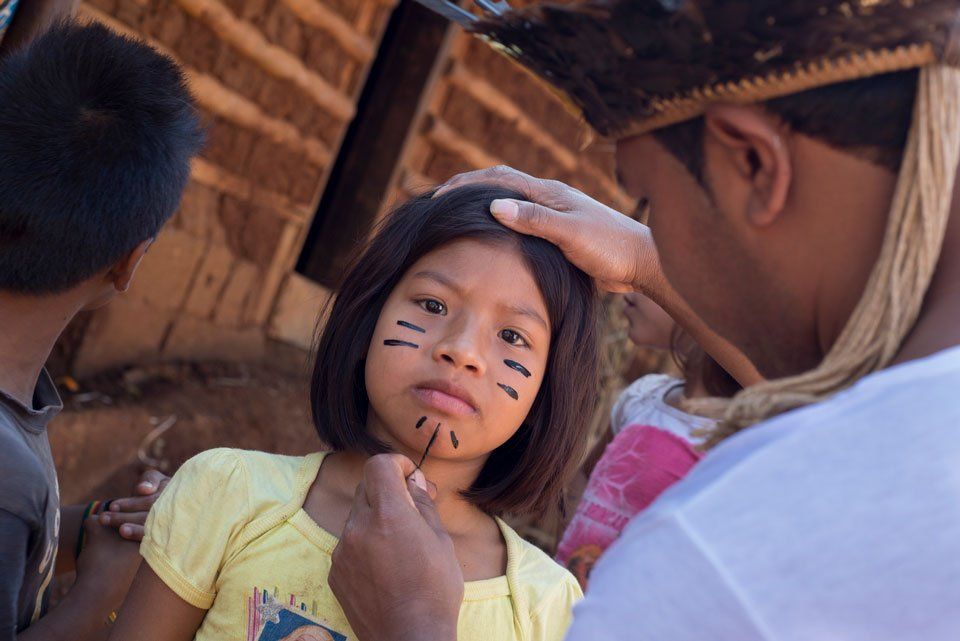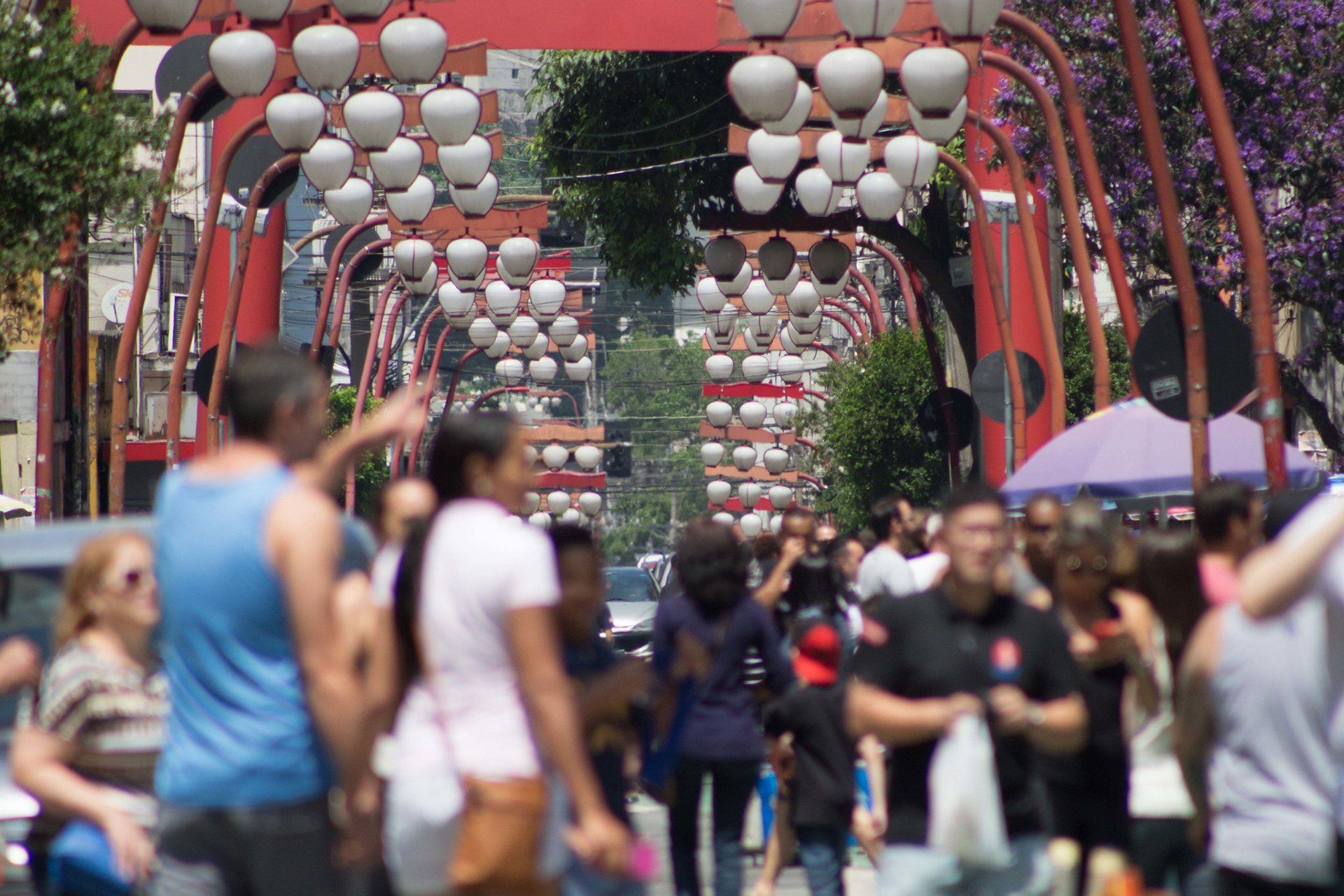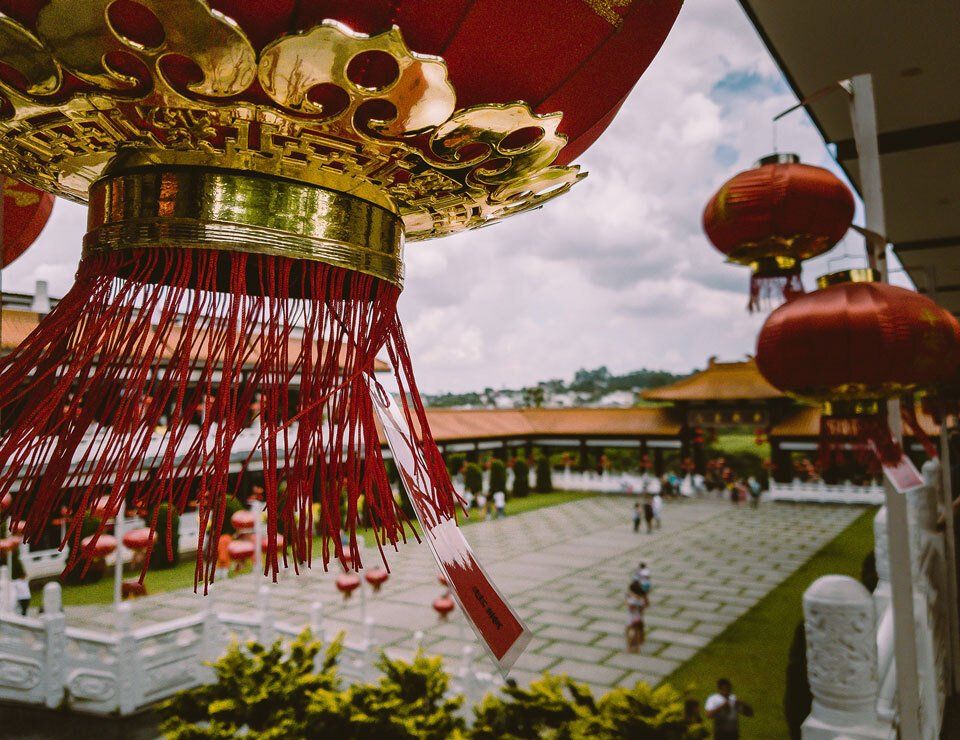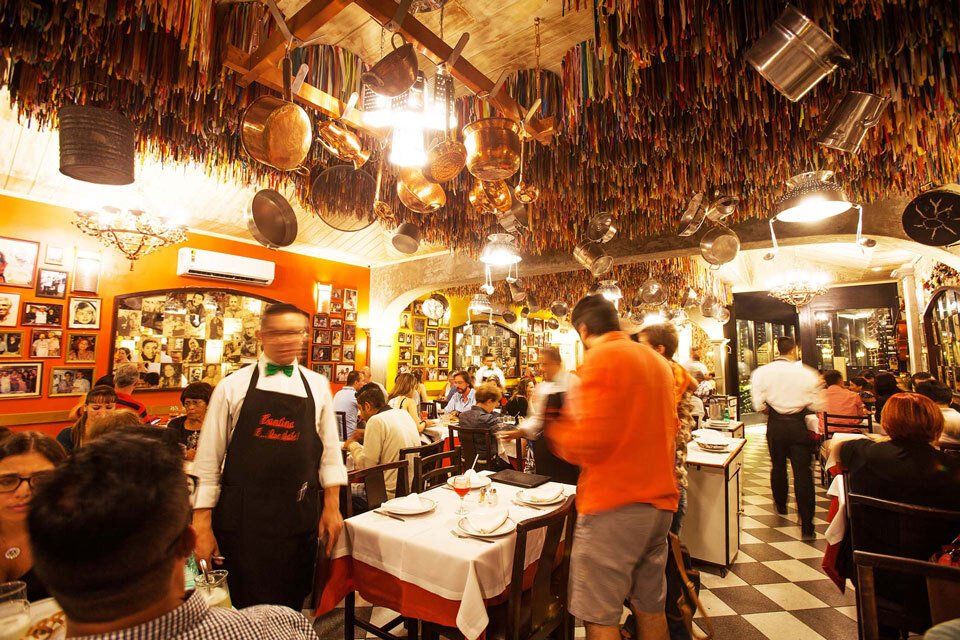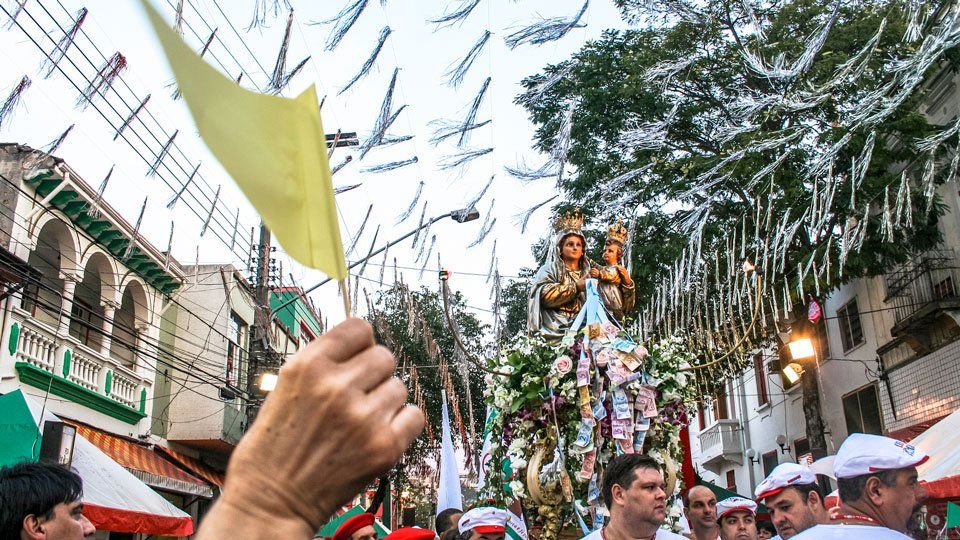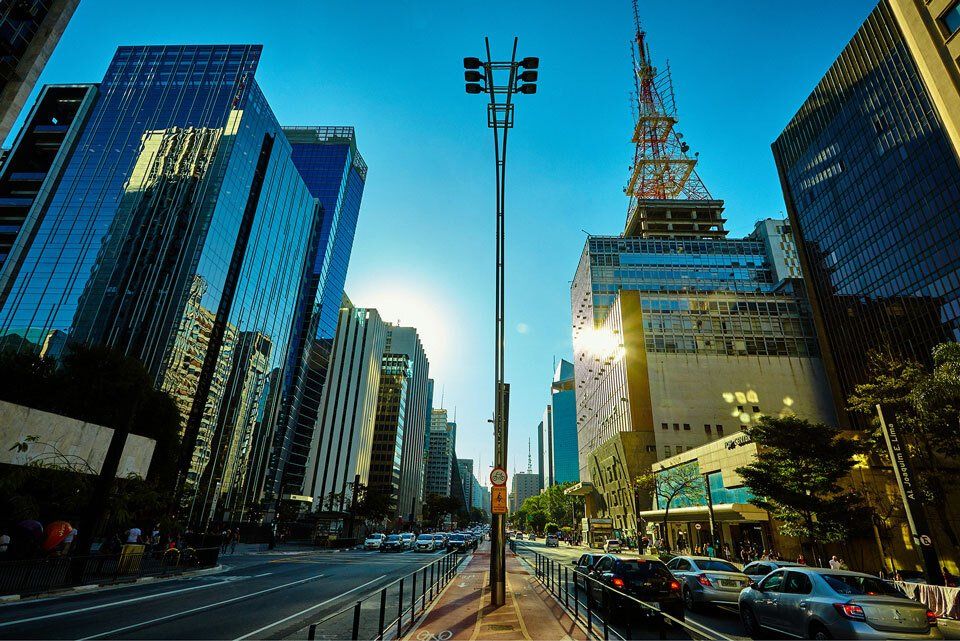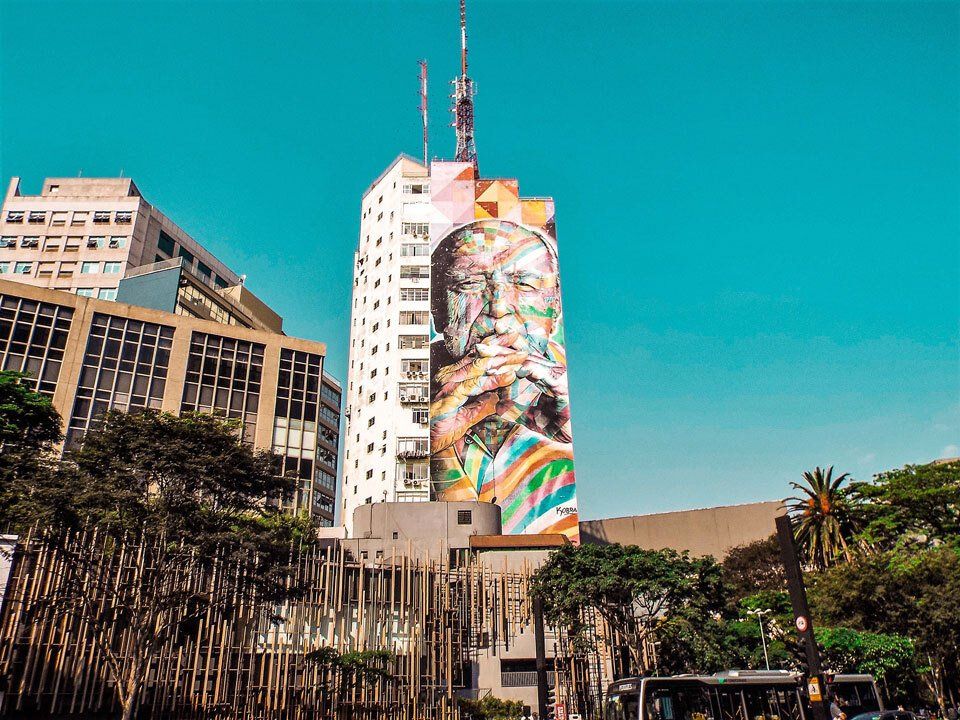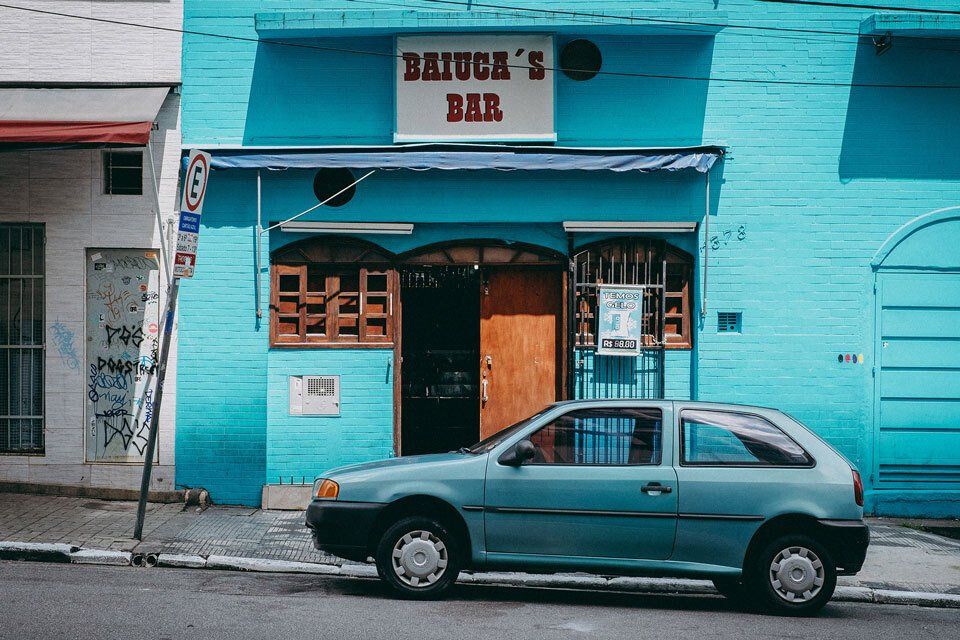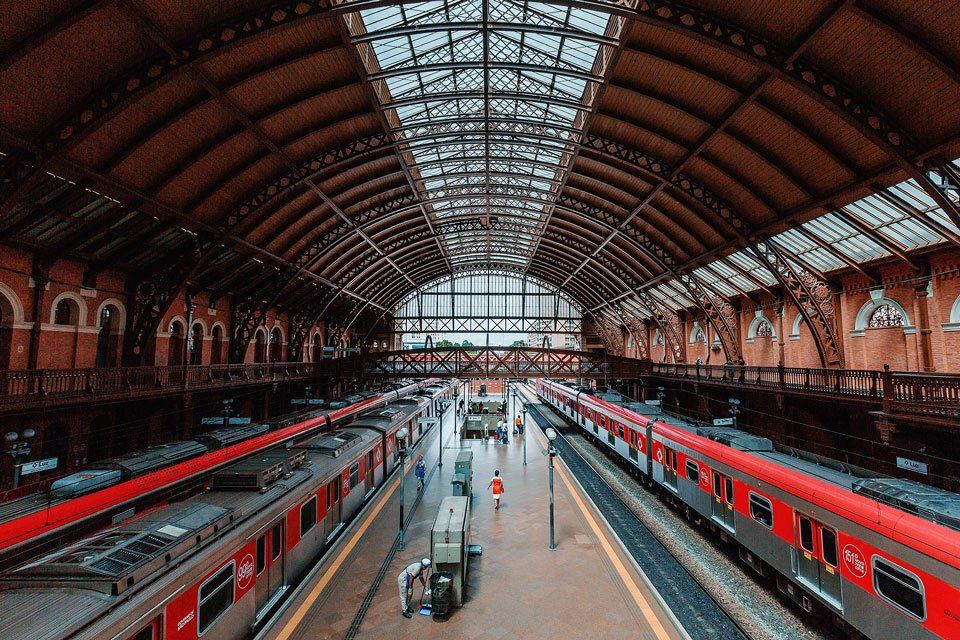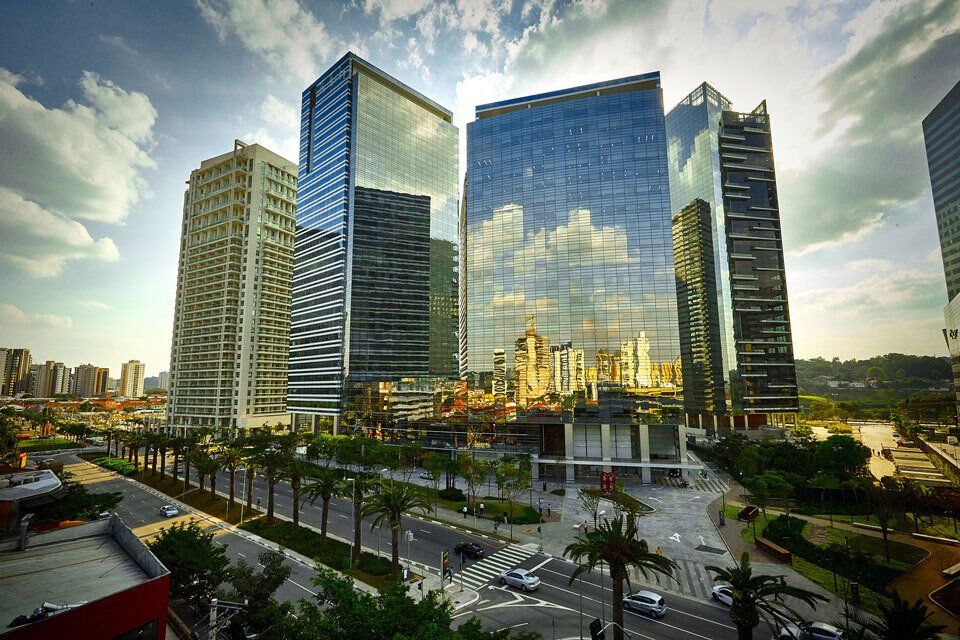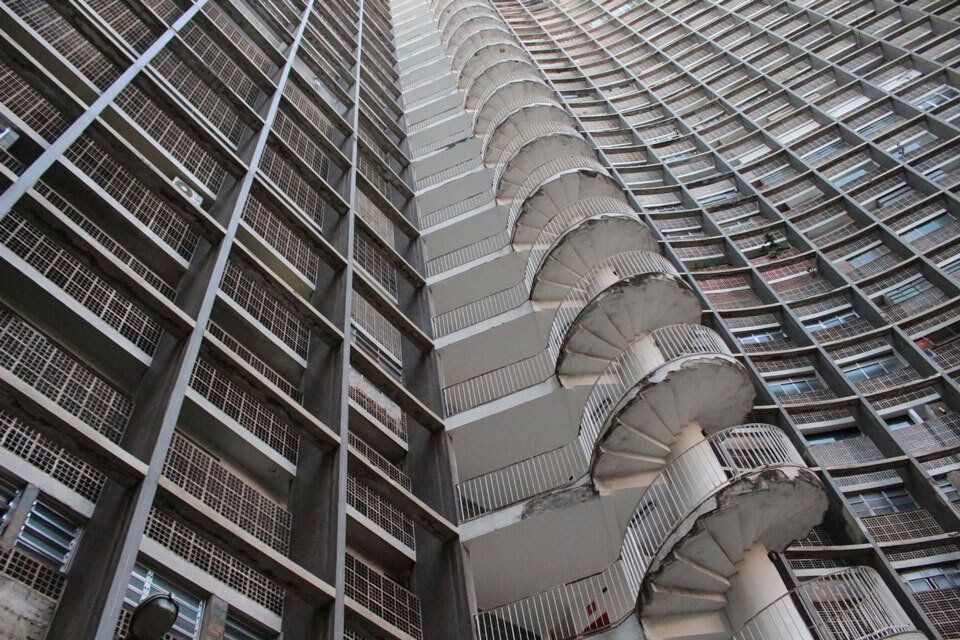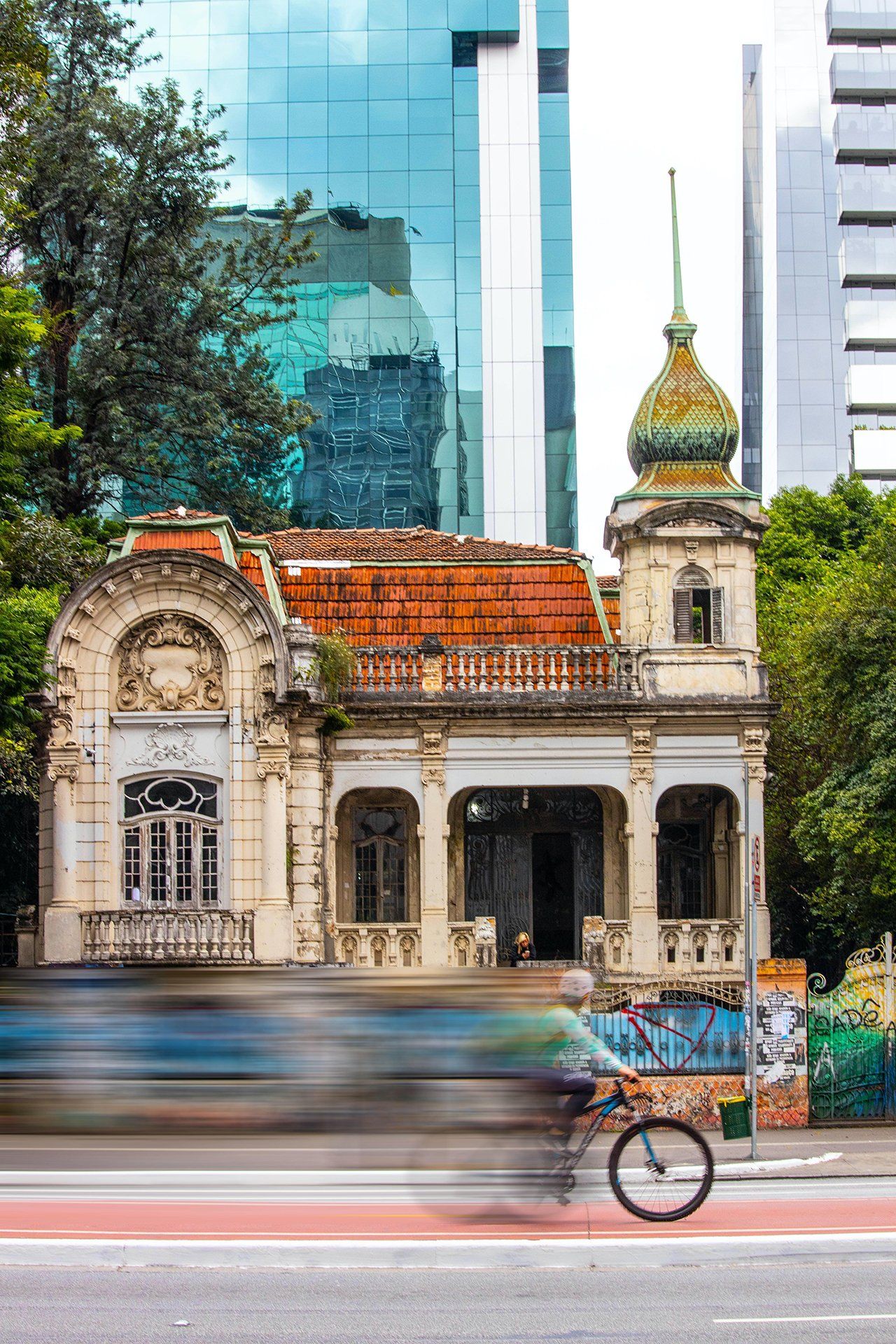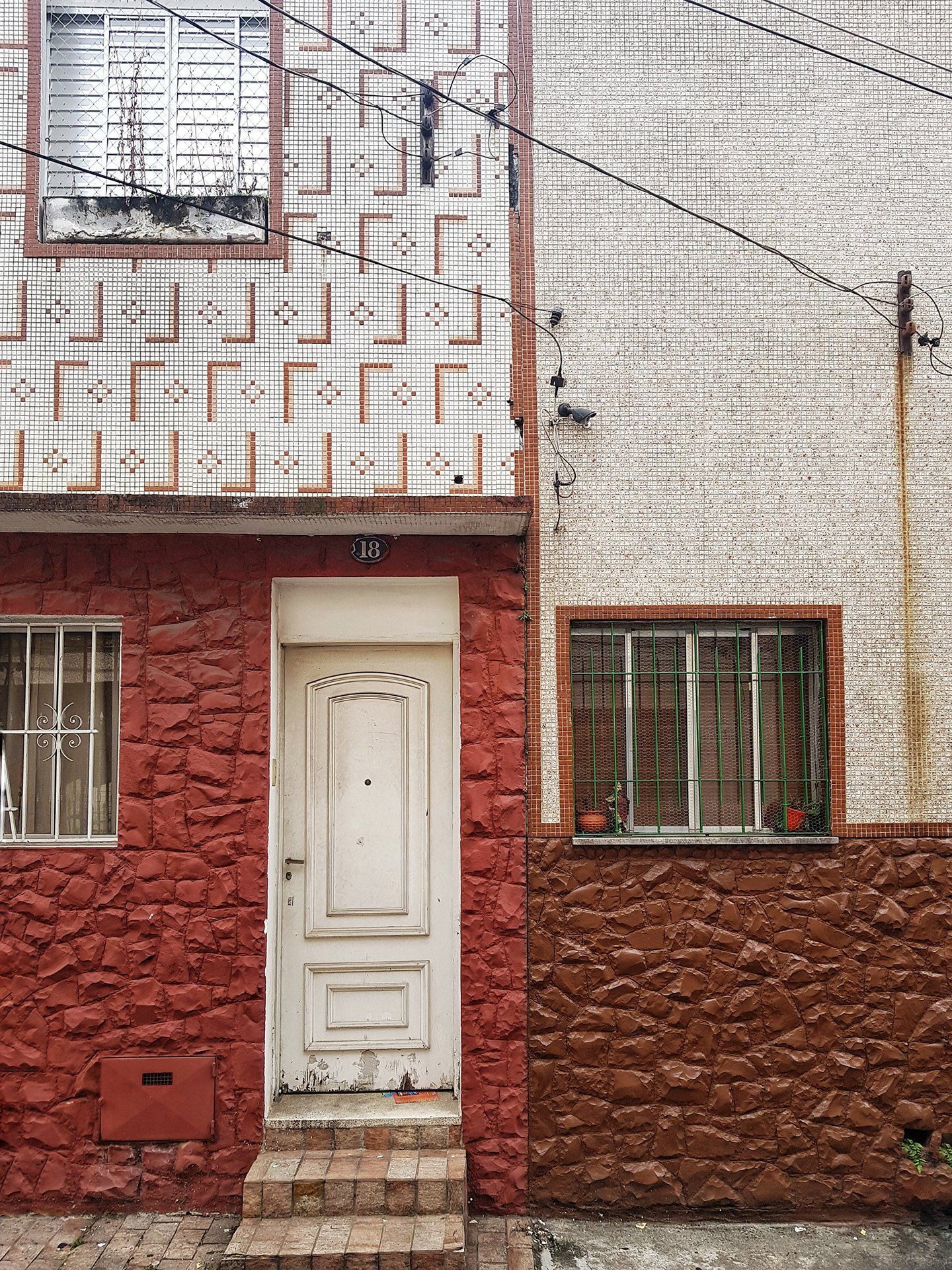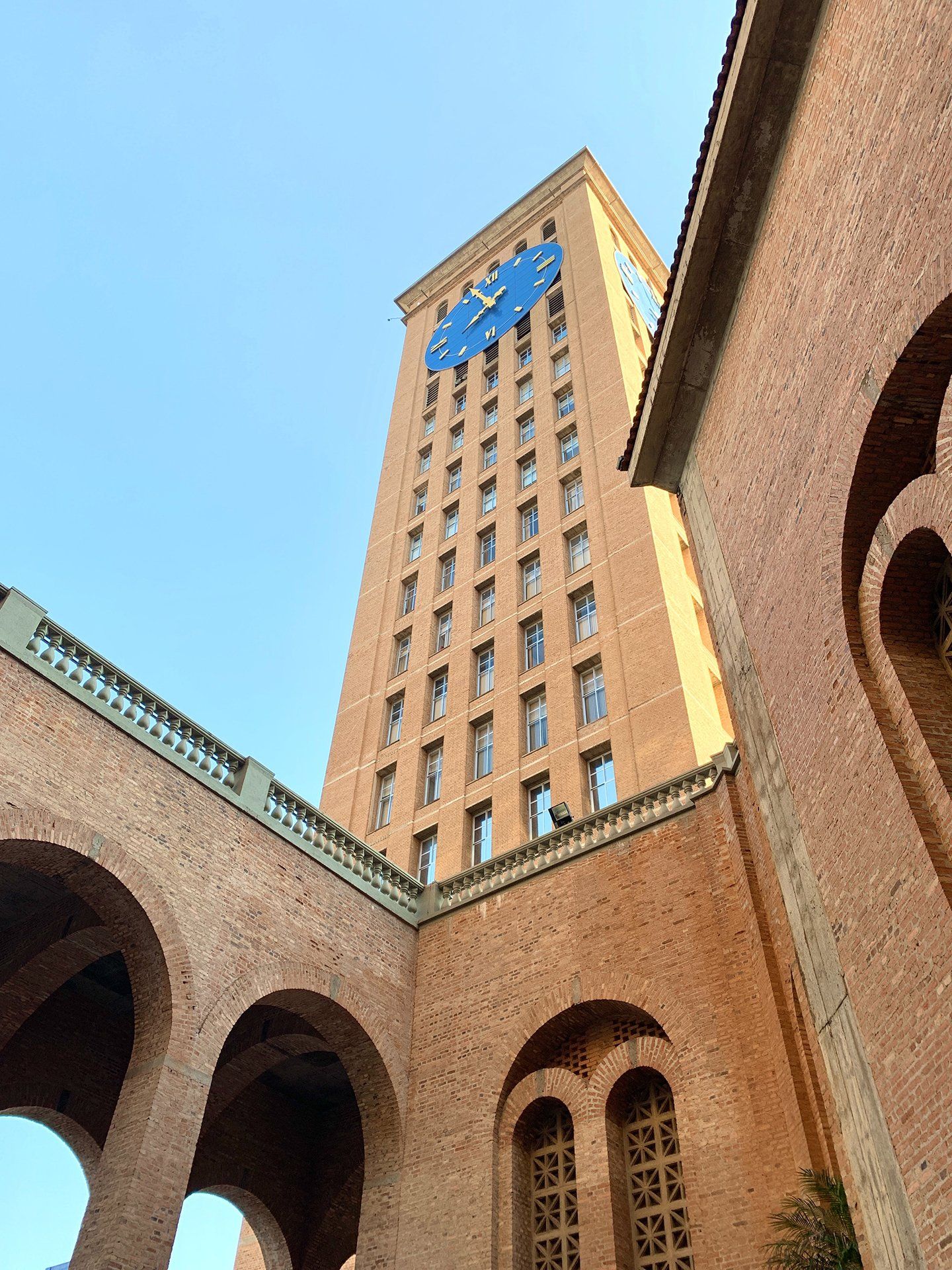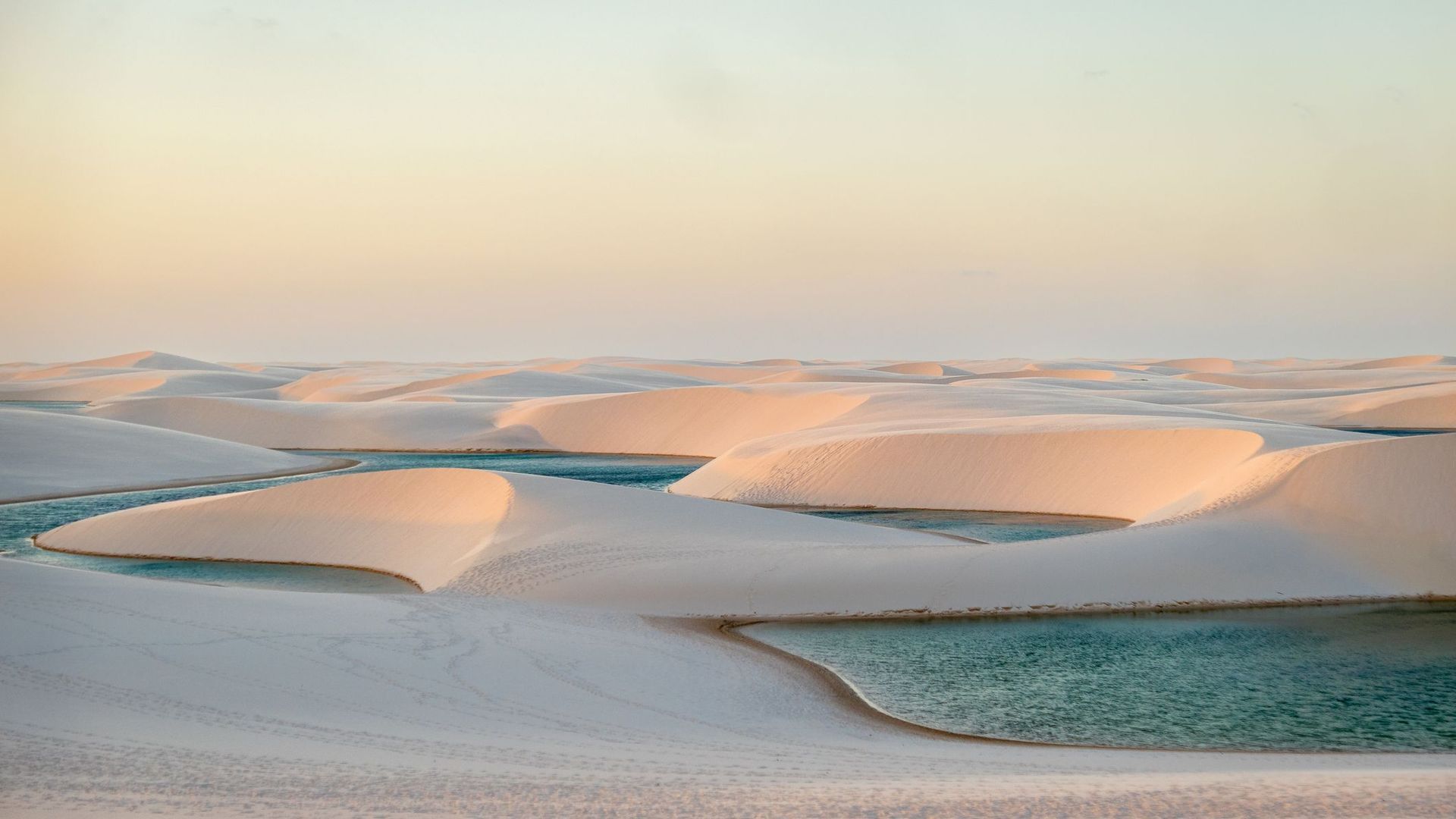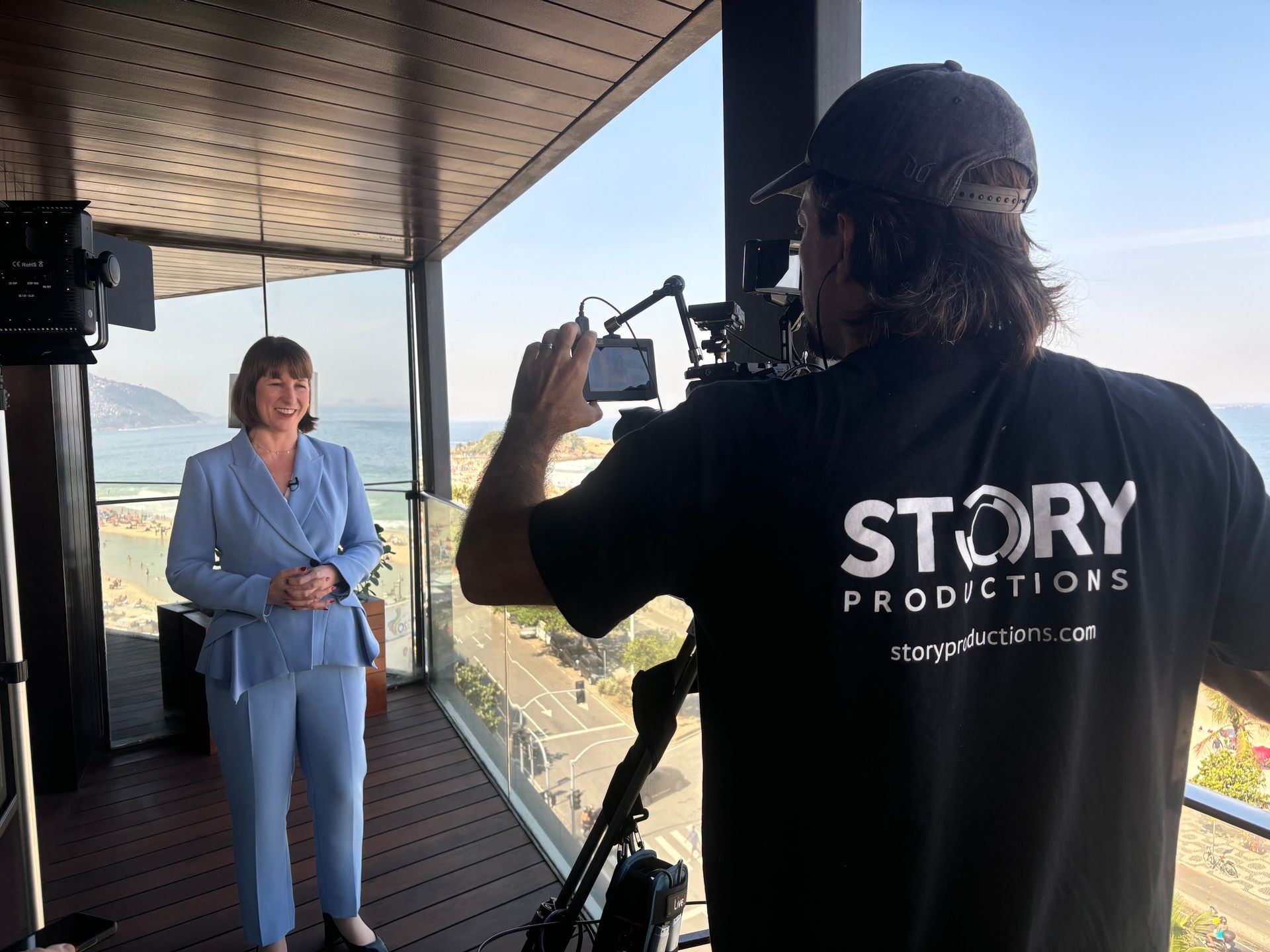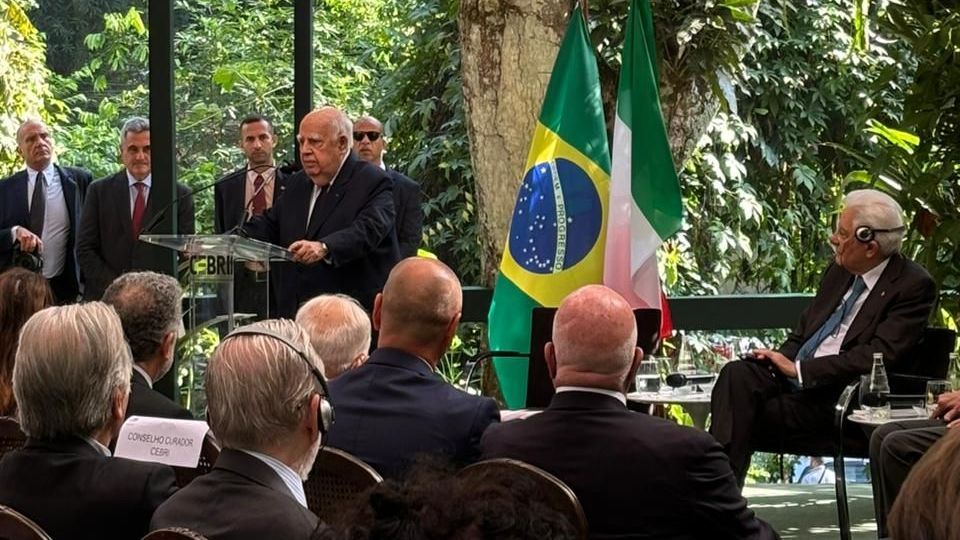São Paulo: Brazil’s capital of diversity
This week marks 467 years since São Paulo was founded. To celebrate the occasion, we’re taking a look at the rich tapestry of people, colours and architecture that make it the perfect location for almost any audiovisual production
To call São Paulo a city is to sell it short. It’s a megalopolis, with 21 million inhabitants living in its metropolitan area. It’s a city of superlatives: the largest city in South America; the financial and cultural capital of Brazil; it has the largest gay pride parade in the world; the most number of pizzerias in the world; and it even now boasts the largest piece of graffiti in the world. Story Productions is happy to call it home.
The city is often stigmatized as being a concrete jungle thanks to its expanse of high-rise buildings and concrete. Spend a day roaming its streets, though, and it will reveal surprises that blow the grey stereotype right out of the water. São Paulo is home to people from all over Brazil and the world. It’s the Latin American headquarters of many tech giants and multinationals. It’s also the beating heart of South America’s audiovisual industry, home to talented crews and sought-after video professionals.
“São Paulo is chameleonic, precisely because it’s so large and because Brazil is such a diverse country,” explains Laís Bodanzky, director of Spcine, the city’s TV and film agency.
“That’s precisely its charm: we could be anywhere in the world and many films that appear to have been shot abroad were shot in São Paulo, including big-name series from the largest streaming services. There are 118 parks, an indigenous village… if I want to make a film set in the Amazon, there's a rainforest in São Paulo. There are so many interesting things in this city, it’s very dynamic, you have the past, the present and the future here.”
According to 2019 Spcine data, São Paulo represents 25 per cent of the audiovisual production in Brazil and hosts more than 1,000 audiovisual productions each year, from film to documentaries, TV series and commercials. Besides being the best place in Brazil to find talented directors, DOPs and local crews in general, it has state-of-the-art film studios and filming equipment.
“It’s a working city,” says Nick Story, founder of Story Productions. “People in São Paulo want to do a good job. Our clients often don’t know that, but this city is a great place to get things done, and get them done well and efficiently.”
Read on to dive into the diversity that makes São Paulo such a great place to visit and film:
Diverse in Nature
It may be known as a concrete jungle but nature has got a firm hold in the city, too. From plants sprouting up between the cracks in the pavements to huge expanses of forest, there is green in São Paulo at every turn. The city has one of the largest urban forests in the world, the Parque Estadual da Cantareira, with 80 square kilometres of Atlantic Forest. The Parque Ecológico Imigrantes is another immersion in the Atlantic Forest, where visitors can follow trails through the forest or even above the forest, on an elevated walkway, looking out for animals such as tapirs and howler monkeys.
Urban agriculture has been gaining traction in recent years, too, with food being planted in the city in the most unlikely of places, on top of shopping malls, under electricity pylons and on the banks of the city’s vast reservoirs.
Diversity of People
The city has grown over the years with successive waves of immigrants from all over the world. It boasts the largest population of descendants from Italy, Japan and Lebanon outside of their respective countries There are 1.3 million Japanese and their descendants living in São Paulo state. Not far from the historic centre of São Paulo is the traditional Japanese neighbourhood, Liberdade. Street lamps, known as Suzuranto, are Japanese in style, newsstands sell Japanese newspapers, restaurants are mainly Japanese, karaoke bars come to life at night and it’s not unusual to hear people speaking Japanese. Scenes from Japanese films have even been filmed on the streets of Liberdade.
When it comes to traditional Italian neighbourhoods, São Paulo has a few, each with its own profile and traditions. The largest waves of immigration in more recent years include Bolivians, Chinese and Africans from several countries.
The indigenous Guarani-M’bya people who lived here long before the Jesuits arrived still endure, too. On the southern tip of the city, around 1,500 Guaranis live in a group of villages called Tenondê Porã, on 160 square kilometres of protected territory, just 70 kilometres from the city centre. They grow their own food and have their own schools with lessons taught in Guarani. Much closer to the city centre, in Jaraguá, a smaller group of Guarani-M’bya villages are struggling to protect their land from property developers.
Architectural Diversity
Brazil’s megalopolis has an astonishing plurality of architectural styles. The city grew throughout different periods of boom and bust, leaving behind an evolution of styles as eclectic as the immigrants that built each neighbourhood. Walking down the street can be a journey through the decades.
The styles include colonial, industrial, fascist, rationalist, art deco, Modernist as well as eclectic (inspired by a mix of historical styles from the turn of the 20th century). Neoclassicism, which grew in the 19th century, can still be found in Brás, Vila Buarque and Campos Elíseos, the first planned neighbourhood in the city and named after the Champs Elysées in Paris.
São Paulo has long borrowed styles from around the world. Its lavish early 20th century Municipal Theatre, for example, is a clear nod to the Ópera Garnier in Paris. The art deco Altino Arantes building – the third highest skyscraper in the city – was inspired by New York’s Empire State building and inaugurated in 1947. It’s now a cultural centre owned by Santander bank.
The city centre is where most historic buildings can be found. Elsewhere, skyscrapers of glass and steel have sprung up as new financial and commercial centres on Avenida Faria Lima and in the neighbourhoods of Berrini and Vila Olímpia. And surrounding it all is the vast
periferia (“periphery”), low-income suburbs and
favelas, often without basic infrastructure, that most of the city’s residents call home.
Story Productions has filmed in many locations throughout Brazil, from concrete to jungle. Our multilingual crew makes filming in Brazil easy, which is why companies such as ITN and Leopard USA choose us as their local production partner. We’ll be publishing special features on locations in Brazil over the coming months. Get in touch to find out more about hiring our Brazilian crew.
Related stories
Share this story:
Get the latest news straight into your inbox!
Contact Us
Read another story
